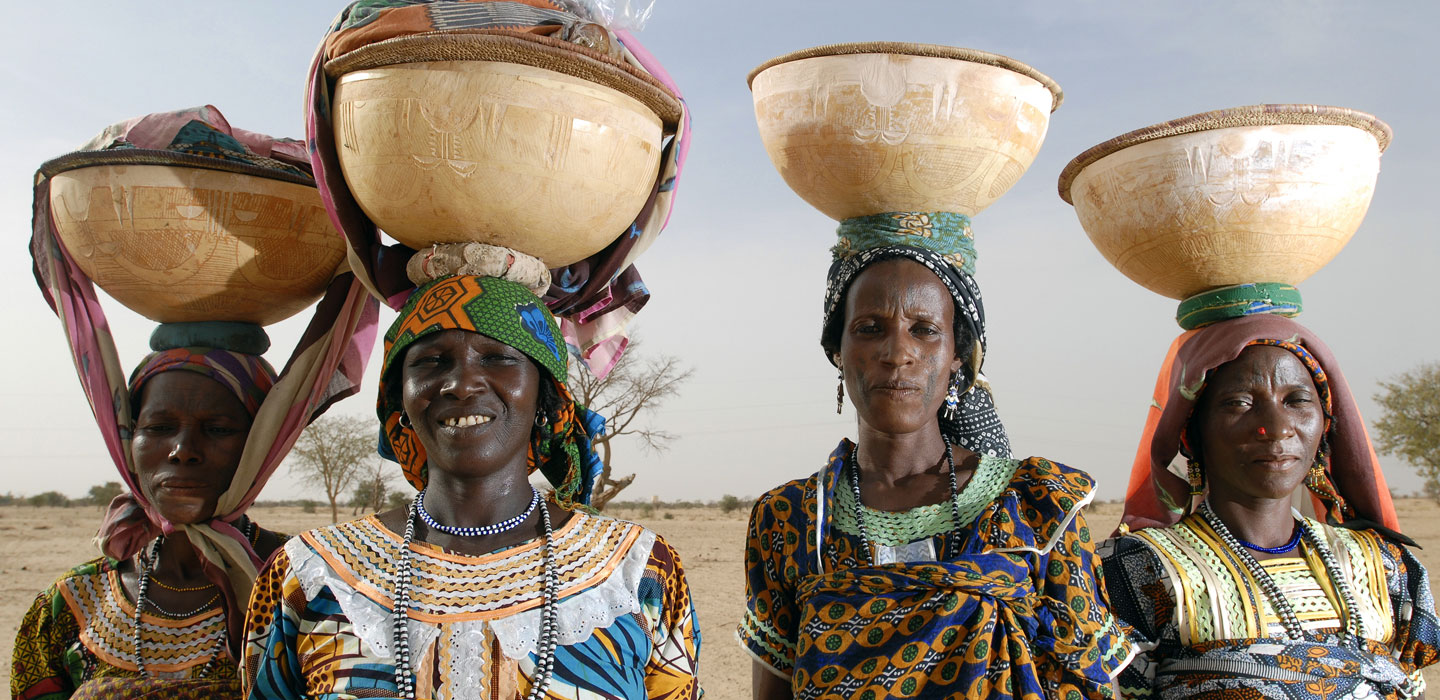Outils et directives
Outils et directives

Outils et directives
Menu Affichage
Search Results Filters
Résultats de recherche
Outil d’évaluation multidimensionnelle de la pauvreté (MPAT): Guide de l’utilisateur
L’objectif final de ce Guide de l’utilisateur et du Tableur Excel qui l’accompagne est de faire du MPAT un outil réellement libre et accessible à tous, afin que toute institution ou agence, quelle que soit son échelle, puisse mettre en œuvre son propre MPAT sans appui externe. Depuis la publication en 2009 de la version “bêta», nous nous sommes employés à mettre à jour et à améliorer la méthodologie du MPAT en intégrant les commentaires et les leçons apprises par d’autres utilisateurs en y incorporant les résultats de nos propres tests itératifs au Bangladesh et au Mozambique. Au cours des pages suivantes, nous expliquerons qu’est-ce MPAT, comment il fonctionne et de quelle façon il est utilisé en fournissant étape par étape des instructions, des documents et d’autres sources de formation.
The Multidimensional Poverty Assessment Tool (MPAT)
The Multidimensional Poverty Assessment Tool provides data that can inform all levels of decisionmaking by providing a clearer understanding of rural poverty at the household and village level. As a result, MPAT can significantly strengthen the planning, design, monitoring and evaluation of a project, and thereby contribute to rural poverty reduction.
Voluntary Guidelines on the Responsible Governance of Tenure of Land, Fisheries and Forests - Implications for IFAD
Following an inclusive consultation and negotiation process, which involved more than 70 countries, international organizations, and representatives of the civil society and the private sector, the Voluntary Guidelines on the Responsible Governance of Tenure of Land, Fisheries and Forests in the Context of National Food Security (VGs) were officially endorsed by the Committee on World Food Security on 11 May 2012. The VGs set out principles, technical recommendations and practices for improving the governance of tenure of land, fisheries and forests. They promote secure tenure rights and equitable access to these resources as a means of eradicating hunger and poverty, supporting sustainable development and protecting the environment. They give recommendations to countries and to other key actors, who are strongly encouraged to adopt and use them on a voluntary basis.
République du Niger: Note technique par pays sur les populations autochtones
La République du Niger a une population multi-ethnique, parmi laquelle, les Touareg, les Peulh et les Toubou s‘auto-identifient comme autochtones.
Agricultural value chain finance strategy and design
This technical note serves as a guide to the design of appropriate programme interventions that apply value chain financing approaches to the development of competitive agricultural value chains.
It emphasizes interventions that promote financial inclusiveness and the overall development goals of governments, as well as those of technical and funding agencies.